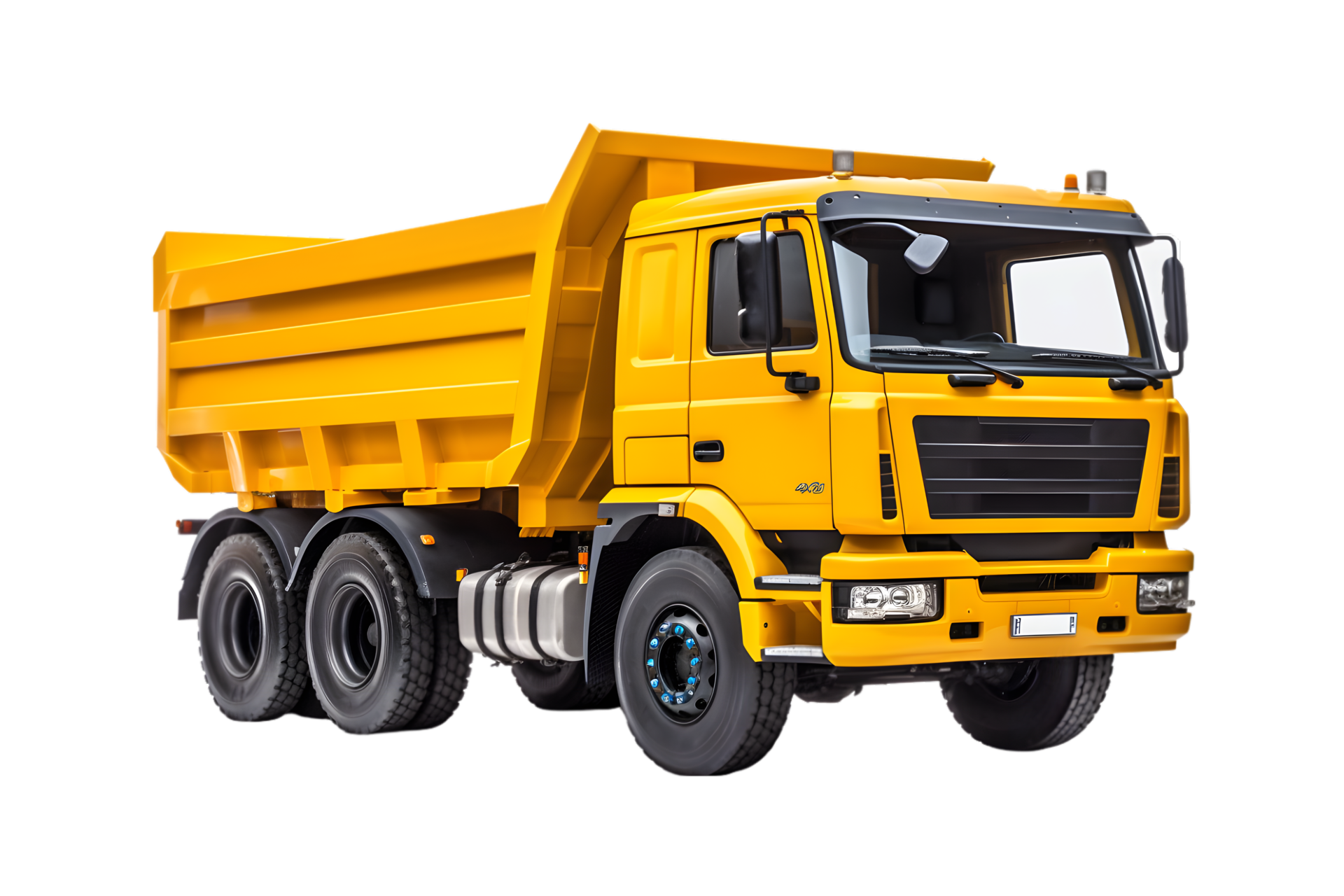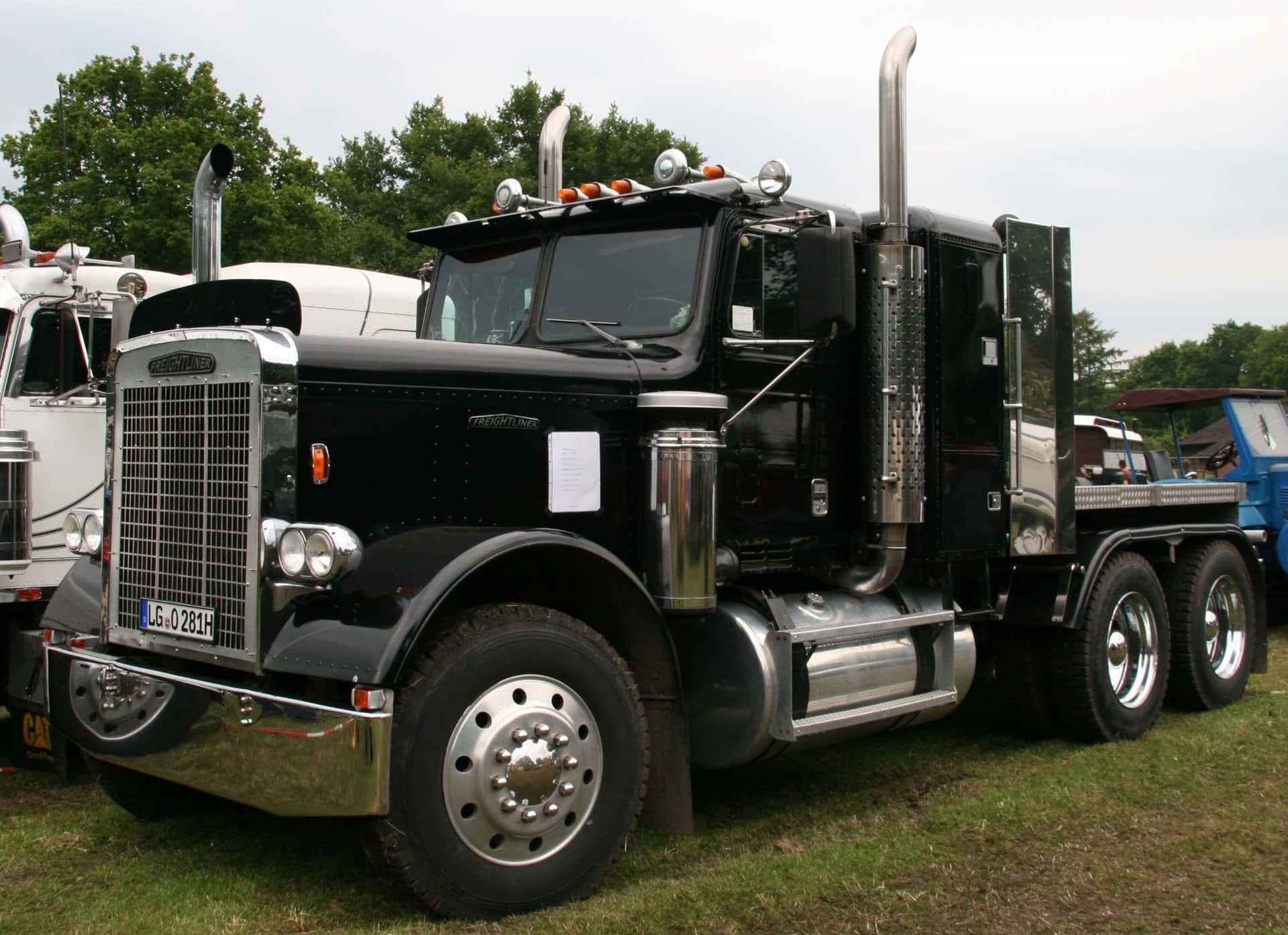Truck Topper Size Chart: The Definitive Guide to Finding Your Perfect Fit typestruckssale.com
Your truck is more than just a vehicle; it’s a versatile tool for work, adventure, and daily life. Adding a truck topper, also known as a truck cap or shell, transforms your open bed into a secure, weather-protected, and organized cargo space. From safeguarding tools and camping gear to providing a dry sleeping area, a topper significantly enhances your truck’s utility. However, the true benefit of a truck topper hinges entirely on one critical factor: its size.
A Truck Topper Size Chart is an indispensable guide that matches specific topper dimensions to various truck makes, models, and bed configurations. It’s not just about aesthetics; a properly sized topper ensures a secure fit, prevents water and dust intrusion, maintains structural integrity, and maximizes the return on your investment. Choosing the wrong size can lead to a host of problems, from persistent leaks and compromised security to an ill-fitting appearance that detracts from your truck’s look. This comprehensive guide will walk you through everything you need to know about truck topper size charts, ensuring you select the perfect companion for your pickup.
Truck Topper Size Chart: The Definitive Guide to Finding Your Perfect Fit
Why Size Matters: The Pitfalls of a Misfit Topper
Ignoring the importance of precise sizing can lead to frustrating and costly consequences. A topper that is even slightly off in its dimensions can cause a cascade of issues:
- Compromised Security: Gaps between the topper and the truck bed rails or tailgate can easily be pried open, negating the primary security benefit.
- Weather Leakage: Rain, snow, and dust will find their way into your bed, potentially damaging cargo, tools, or camping gear.
- Reduced Structural Integrity: An improperly seated topper can flex, warp, or even crack over time, especially if subjected to road vibrations or heavy loads on its roof.
- Poor Aesthetics: A topper that doesn’t align perfectly with your truck’s cab or bed lines will look awkward and unfinished, diminishing your vehicle’s overall appeal.
- Difficulty in Installation/Removal: A topper that is too tight or too loose will be challenging to install and remove, potentially requiring force that could damage both the topper and your truck.
- Voided Warranties: Some manufacturers may void warranties if their toppers are installed on incompatible vehicles or in a manner that doesn’t follow their guidelines.
In essence, the right size is paramount for both functionality and longevity.
Decoding Your Truck’s Bed: Essential Measurements
Before you even glance at a truck topper size chart, you need to become intimately familiar with your own truck’s dimensions. While year, make, and model provide a good starting point, precise measurements of your bed are crucial.
-
Bed Length: This is the most critical measurement.
- How to Measure: Open your tailgate. Measure from the inside of the bulkhead (the front wall of your truck bed, closest to the cab) to the inside edge of your tailgate (where it latches closed).
- Common Lengths: Truck bed lengths are typically expressed in feet and inches (e.g., 5.5 ft, 6.5 ft, 8 ft). Be aware that manufacturers often round these numbers for marketing purposes (e.g., a "5-foot bed" might actually be 5 feet, 6 inches). Always use your exact measurement.
- Important Note: Do not measure along the top rail, as this can be inaccurate due to the curvature of the bed. Measure along the bed floor.
-
Bed Width: While less variable than length, width is still important for a snug fit.
- How to Measure: Measure the inside width of your bed from rail to rail. It’s wise to take this measurement at the front (near the cab), middle, and rear (near the tailgate) to account for any slight tapering or variations.
- Considerations: Most toppers are designed to fit the standard width for a given truck model. However, aftermarket bed liners or rail caps can subtly alter the effective width and require you to measure from the outermost point of these additions.
-
Cab Height/Rail Height: This measurement is crucial for selecting the style of topper.
- How to Measure: Measure from the top of your truck bed rails to the highest point of your truck’s cab (usually the roofline, but sometimes the antenna or a roof rack if permanently installed).
- Purpose: This helps determine if you want a "cab-high" topper (flush with the cab), a "mid-rise" topper (slightly above the cab), or a "high-rise" or "wedge" style (significantly taller for maximum cargo volume).
-
Truck Make, Model, and Year: This foundational information is paramount. Truck manufacturers frequently make minor design changes to bed dimensions, rail contours, and tailgate designs with each new generation or even within a model year. Knowing your exact vehicle details allows topper manufacturers to provide a precisely engineered fit.
-
Bed Liner/Bed Caps: If your truck has an aftermarket drop-in bed liner or plastic rail caps, these can affect the actual dimensions available for the topper. Always measure from the outermost surface that the topper will rest upon.
Understanding Truck Topper Sizing Conventions
Topper manufacturers simplify the sizing process by providing charts specific to truck models. Here’s what to expect:
- Manufacturer-Specific Charts: The most reliable source for sizing is always the topper manufacturer’s official size chart. These charts will list specific truck models (e.g., Ford F-150, Chevy Silverado 1500, Toyota Tacoma), model years, and corresponding bed lengths that their toppers are designed to fit.
- Universal vs. Custom Fit:
- Custom Fit: The vast majority of quality truck toppers are custom-designed for specific truck models. This ensures a precise fit, matching the contours of the bed rails and cab, which is essential for weather sealing and aesthetics.
- Universal Fit: While some "universal" soft toppers or tent-style covers exist, rigid fiberglass or aluminum toppers are almost always model-specific. Avoid anything claiming to be a "universal rigid topper" for a tight, secure fit.
- "Short Bed," "Standard Bed," "Long Bed" Designations: These are common terms used by truck manufacturers. A "short bed" might be around 5.5 ft, a "standard" or "crew cab bed" around 6.5 ft, and a "long bed" or "work truck bed" around 8 ft. Always verify these with your exact measurements.
- Topper Styles and How They Relate to Size:
- Cab-High (Flush): Designed to be flush with the top of your truck’s cab. This requires accurate cab height measurement.
- Mid-Rise: Slightly taller than the cab, offering a bit more internal volume without being overly bulky.
- High-Rise (Wedge/Commercial): Significantly taller, often with a sloped or boxy design, maximizing cargo capacity. These don’t require cab height matching but are chosen for utility.
The Step-by-Step Guide to Using a Truck Topper Size Chart
With your truck’s measurements in hand, consulting a topper size chart becomes straightforward:
- Identify Your Truck’s Full Details: Note down your truck’s exact Year, Make, Model, Trim Level, and Bed Length. For example: "2023 Ford F-150 SuperCrew, 5.5 ft bed."
- Measure Your Truck Bed Accurately: Reconfirm your bed length (inside bulkhead to tailgate) and width (inside rail to rail). If you want a cab-high topper, measure your cab height.
- Consult the Topper Manufacturer’s Specific Size Chart: Go to the website of the topper brand you are interested in (e.g., ARE, Leer, Snugtop, Truxedo, Ranch). Navigate to their "Fit Guide" or "Size Chart" section.
- Cross-Reference Your Measurements with the Chart: Find your truck’s year, make, and model on the chart. Then, confirm the listed bed length matches your measured length. The chart will indicate which specific topper models or part numbers are compatible.
- Consider the Topper Style: Once you’ve confirmed compatibility for your bed size, choose the style (cab-high, mid-rise, high-rise) that best suits your needs and aesthetic preferences.
- When in Doubt, Ask: If you’re unsure about any measurement or chart interpretation, do not guess. Contact the topper manufacturer’s customer service or a local authorized dealer. They have specialized tools and expertise to ensure a perfect fit.
Important Considerations Beyond Basic Dimensions
Beyond the raw numbers, several other factors play a role in your topper decision:
- Weight Capacity: If you plan to mount a roof rack for bikes, kayaks, or a rooftop tent, check the topper’s static and dynamic weight capacities.
- Material: Fiberglass toppers are generally heavier, offer a sleek, painted finish, and are very durable. Aluminum toppers are lighter, more utilitarian, and often more affordable. Your choice will impact the topper’s weight and your truck’s payload.
- Features: Consider windows (sliding, screened, fixed), interior lighting, carpeted headliners, power locks, ventilation options, and organizational systems. These add functionality and comfort but also affect the price.
- Installation: While some toppers can be DIY installed, professional installation by an authorized dealer ensures a secure, leak-free fit and proper wiring of any electrical components.
- Budget: Topper prices vary widely based on material, size, features, and brand. Set a realistic budget before you start shopping.
Tips for a Seamless Topper Purchase
- Double-Check Everything: Measure your bed twice (or even thrice!) to ensure accuracy.
- Bring Your Truck Details: When visiting a dealer, have your truck’s full VIN, year, make, model, and bed length readily available.
- Read Reviews: Look for reviews of specific topper models and brands, paying attention to fit, finish, and durability.
- Consider Future Needs: Think about how you’ll use your truck in the future. Do you anticipate needing more height for larger items? Will you add a roof rack?
- Ask About Warranty and Return Policies: Understand what’s covered and what your options are if the topper doesn’t fit as expected (though this is rare with proper sizing).
Truck Topper Size Chart & Typical Price Range
It’s important to understand that exact topper prices vary significantly based on the manufacturer, material (fiberglass vs. aluminum), specific features (windows, locks, lighting, carpet, roof racks), color matching, and regional dealer pricing. The table below provides typical price ranges for common truck bed lengths and topper styles. These are estimates and should be used as a general guide. Always get a specific quote for your truck and desired features.
| Truck Bed Length | Topper Style | Material | Typical Price Range (USD) | Key Features Included (Base Model) |
|---|---|---|---|---|
| 5.5 ft | Cab-High (Flush) | Fiberglass | $2,000 – $3,500 | Painted to match, rear door, side windows (fixed/sliding), interior light |
| Mid-Rise | Fiberglass | $2,200 – $3,800 | Painted to match, rear door, side windows (sliding), interior light | |
| High-Rise/Commercial | Aluminum | $1,500 – $3,000 | Bare aluminum, rear door, basic side access, sometimes no windows | |
| 6.5 ft | Cab-High (Flush) | Fiberglass | $2,200 – $3,800 | Painted to match, rear door, side windows (fixed/sliding), interior light |
| Mid-Rise | Fiberglass | $2,400 – $4,000 | Painted to match, rear door, side windows (sliding), interior light | |
| High-Rise/Commercial | Aluminum | $1,700 – $3,200 | Bare aluminum, rear door, basic side access, sometimes no windows | |
| 8.0 ft | Cab-High (Flush) | Fiberglass | $2,500 – $4,200 | Painted to match, rear door, side windows (fixed/sliding), interior light |
| Mid-Rise | Fiberglass | $2,700 – $4,500 | Painted to match, rear door, side windows (sliding), interior light | |
| High-Rise/Commercial | Aluminum | $2,000 – $3,500 | Bare aluminum, rear door, basic side access, sometimes no windows |
Disclaimer: Prices are estimates and do not include installation fees, taxes, or premium features like carpeted headliners, power locks, roof racks, special lighting, or enhanced security systems, which can add hundreds or even thousands of dollars to the final cost. Always consult with an authorized dealer for accurate pricing.
Frequently Asked Questions (FAQ)
Q1: Can I use a topper from a different truck make or model?
A1: Generally, no. Truck beds vary significantly in length, width, rail contours, and tailgate designs between different makes, models, and even generations of the same model. A topper designed for one truck will rarely fit another properly, leading to gaps, leaks, and potential damage.
Q2: Do I still need to measure my truck if I know the year, make, and model?
A2: Yes, absolutely. While the year, make, and model are crucial for consulting the manufacturer’s size chart, always double-check your bed length measurement. Truck manufacturers often offer multiple bed lengths (e.g., 5.5 ft, 6.5 ft, 8 ft) for the same model, and your exact measurement confirms which specific topper model you need.
Q3: What if my truck has a bed liner or bed caps? How do I measure?
A3: If you have a drop-in bed liner or plastic rail caps, measure from the outermost surface that the topper will rest upon. The topper is designed to sit on top of these accessories, so their thickness needs to be accounted for.
Q4: How do I know if a topper is "cab-high"?
A4: A cab-high topper is designed to have its roofline flush with or very slightly below the highest point of your truck’s cab. You can verify this by measuring from your bed rail to the top of your cab and comparing it to the topper’s specifications.
Q5: Is it possible to get a custom-sized topper if my truck is unique?
A5: For truly unique or highly modified trucks, custom toppers can be fabricated by specialized manufacturers. However, this is significantly more expensive and time-consuming than purchasing a standard model-specific topper. Most common trucks will have readily available toppers.
Q6: How much does a truck topper typically weigh?
A6: The weight varies based on material and size. A fiberglass cab-high topper for a short bed might weigh around 150-200 lbs, while an 8-foot fiberglass topper could be 250-300 lbs. Aluminum toppers are generally lighter, often ranging from 100-250 lbs.
Conclusion
Navigating the world of truck toppers begins and ends with understanding the Truck Topper Size Chart. It is the cornerstone of a successful purchase, ensuring that your investment provides maximum security, protection, and aesthetic appeal. By accurately measuring your truck bed, understanding manufacturer sizing conventions, and considering all relevant factors, you can confidently choose a topper that perfectly complements your vehicle and enhances its utility for years to come. Don’t rush the sizing process; a few careful measurements today will save you countless headaches tomorrow, allowing you to fully enjoy the expanded capabilities of your truck.



